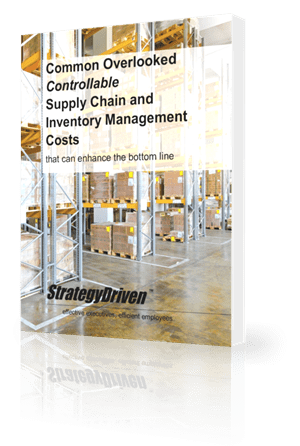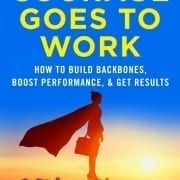Launching a Business? Here Are 5 Proven Business Models for You to Consider
Do you already have a service in mind, or are you working on entrepreneurial spirit alone? Both are a great starting point from which you can build a lucrative business. But if you want to inspire investors and customers alike, you need a compelling business model that fits well with what you’re offering. Here are five potential models to choose from.
1. Offer personalization.
Tech and the internet have comfortably reassured consumers that they can easily get exactly what they need. Get your business in on the action with personalization. Customized, tailor-made, bespoke, exclusive – these are all words that can attract certain groups.
Essentially, we want options, and it’s even better when the customer feels like they invented that option. From clothing to home goods to software, allowing people to build their own product carries a lot of promise.
2. Join the sharing economy.
Is your business a viable platform that allows people to get together and exchange good and services? From Craigslist to Airbnb to Uber, it’s possible that your new venture will involve taking a step back and allowing the community at large to decide what they want, and who they want to buy it from.
Relative to other models, there’s little investment risk here. Just ensure there’s a real need for your type of platform, and that you have ironed out issues of liability beforehand.
3. Let a buyer name their price.
Before procuring funding from Unsecured Finance Australia, consider a model that makes buyers feel like they’re practically stealing from you; or at least, very satisfied with the deal they got. Known as a reverse auction, this model lets the buyer name their price or budget.
It won’t work for every business, but it could be profitable if you have a great deal of inventory you can let go for cheap, or if your business has a ton of competition.
4. Offer subscriptions.
One model that has absolutely exploded in popularity in the last several years would be subscription-based services. Here, consumers pay a reasonable weekly, monthly, or annual fee to continue doing business with you.
But it’s not all Netflix. This model translates well offline, as we see millions subscribing to receive beauty and personal care items, food, lifestyle goods, and even cars to drive for a limited period of time. A subscription business model is one you certainly need to consider for your company.
5. Integrate internet and in-store.
The major challenge many physical stores face is competing with online shopping. Fortunately, the “bricks and clicks” business model has helped keep many physical locations in operation.
When you spread your efforts between both bricks and clicks, you’re supplementing your foot traffic with online shoppers. You can allow local consumers to purchase something on your website to be picked up at your store nearby, or simply sell inventory online and ship it in addition to offering it in person.
There are many more models to choose from than the ones presented here. No matter which you choose for your business, bear in mind that your model can become as much a part of the story as the product or service itself. Therefore, you want yours to not only speak to the modern consumer, but the consumer of the future.














Leave a Reply
Want to join the discussion?Feel free to contribute!